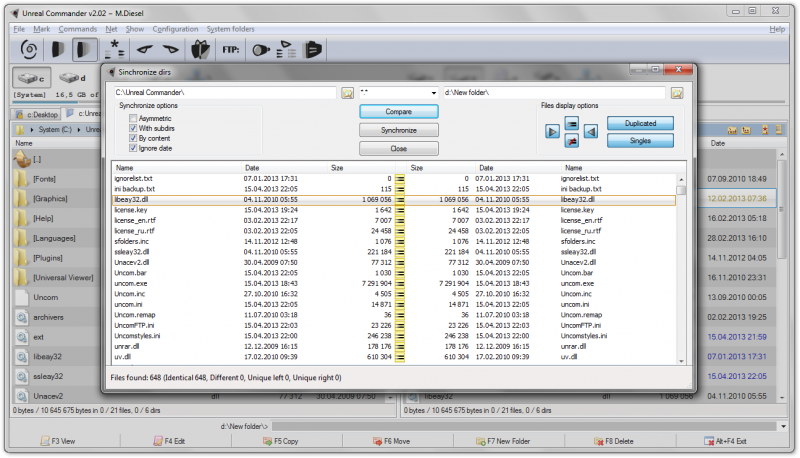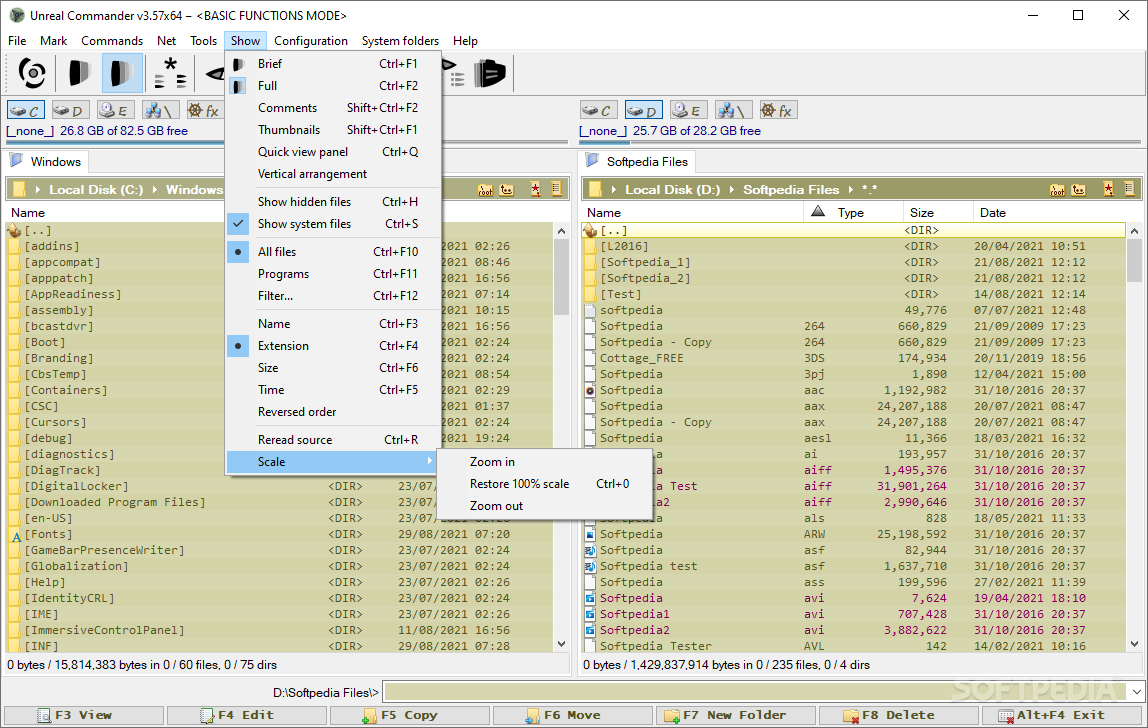

After the gas collects around the body for a few seconds, the corpse explodes, realistically blowing the cloud in all directions and clearing the air. For instance, one enemy emits green gas when dying. The lighting, particle, and smoke effects are also well done.
UNREAL COMMANDER REVIEW FULL
Milking the pyrotechnics for all they're worth, the designers made it so a full third of the game's 12 weapons ignite opponents on contact. Every couple of months there's a new winner in the competition to present the best flame effects, and this month we're proud to give the prize to Unreal II. Without a doubt, Unreal II's most impressive feature is the technology powering its visuals. The missions take place in a variety of surroundings-there's a desert planet, a snowy planet, various research and military facilities, and the inevitable H.R. Although other shooters have included a few defensive levels here and there, Unreal II has the most complete implementation of this mission style to date. You'll also occasionally get stationary turrets and protective force fields that you can place to help set up a defensive perimeter. You can really only direct them to cover a certain area of whatever it is you're defending, and even though everyone appears to be equipped with a radio headset, you can communicate with them only when they're standing right next to you.

In some of these defensive sections, you can give simple orders to a handful of troops under your command by "using" them and then choosing an order from an onscreen menu. One level, for instance, requires you to fight your way up to the top of a tower, use a sniper rifle to protect a marine while he repairs some equipment, make your way to a forward base, and then defend it with the help of some friendly troops until a rescue ship arrives. To its credit, Unreal II sets up many situations in which you must defend a position rather than simply assault one. Apart from the tedious preliminaries, these 12 missions are well designed. Now Playing: Unreal II: The Awakening Video Review The fire effects are really nice.īack in the plot, one thing leads to another, and Dalton and crew end up embarking on 12 missions in pursuit of seven mysterious alien artifacts. Worse, even the cutscenes have cutscenes-almost every one of these long and pointless interactive intermissions ends with a 20-second load into a pointless noninteractive scene that usually shows nothing more interesting than your landing craft speeding toward a planet.īy clicking 'enter', you agree to GameSpot's That is, until it comes time for each character to reveal his or her dark secret. Every conversation in the Unreal universe is an exchange of the worst type of sarcastic, tiny-cigar-chomping action-movie one-liners ("Go to hell, Dalton!" "I'm already there, toots!"). Presumably, this is supposed get you more involved in the plot, but the dialogue is bad enough that it'll just make you anxious for the game to get on with itself. Between each of the missions, however, there's usually a largely pointless intermission level in which you walk around your ship and talk to your crew. Once you're in a given mission, the game does a good job of laying out a clear set of goals and then walking you through them, usually in the form of a character (often your first officer) relaying information to you via a headset.

You play as Dalton, a space marshal patrolling the "ass end of the universe" with a crew of two former space marines and one malapropism-spouting alien pilot. While it takes place in the same futuristic universe, Unreal II doesn't share any plot points or characters with its predecessor. Unfortunately, it borrows the dreaded dialogue tree. Unreal II borrows a few elements from RPGs.

It's also a fairly short game with no multiplayer support to speak of. It has the look and polish of a great shooter, but the gameplay of a merely good one. The bad news is that Unreal II isn't as good as the best shooters currently available. Unlike the first game, it doesn't reach its dramatic climax during the first couple of missions and then peter out over the next 30 hours of endless, forgettable levels. It's both more eventful and more focused. The good news is that Unreal II is better than Unreal.


 0 kommentar(er)
0 kommentar(er)
